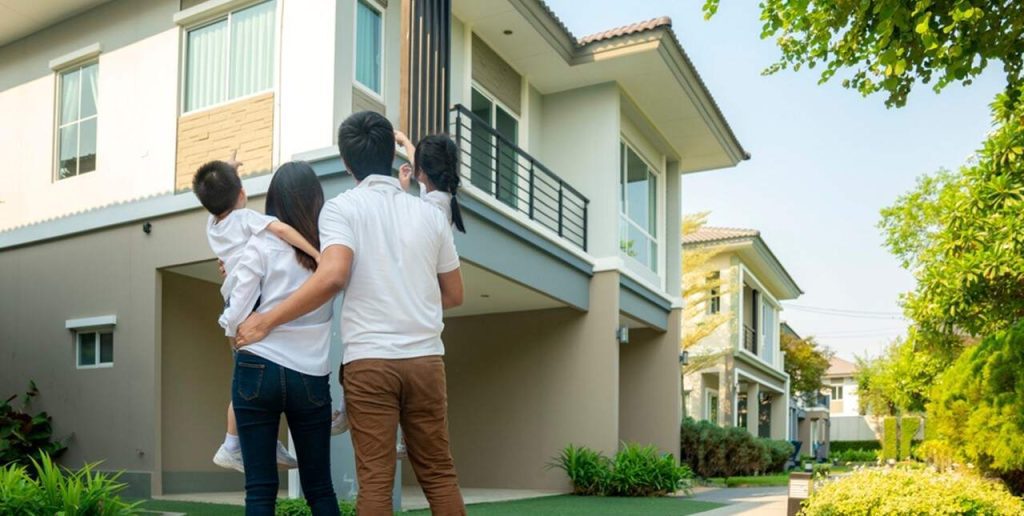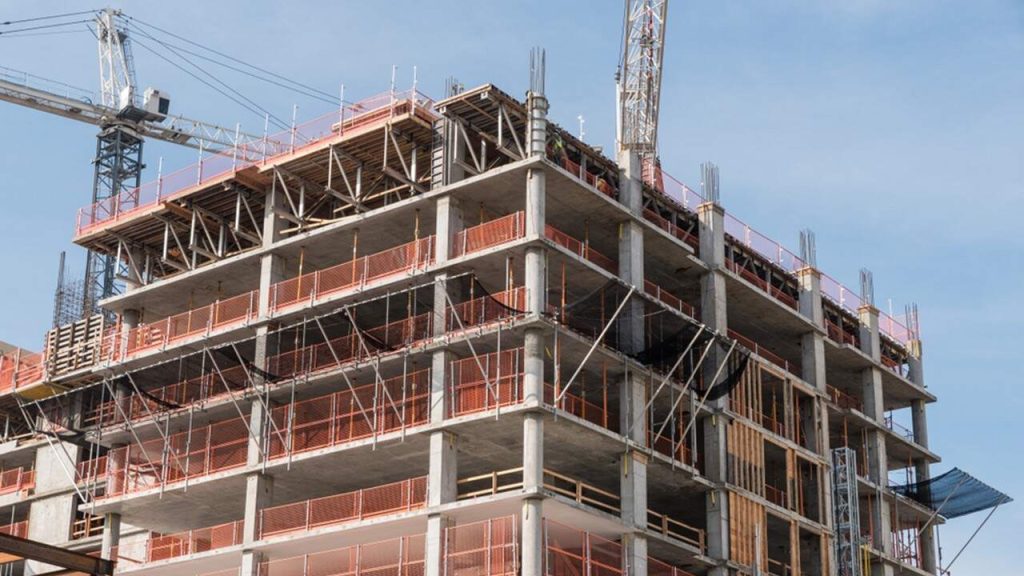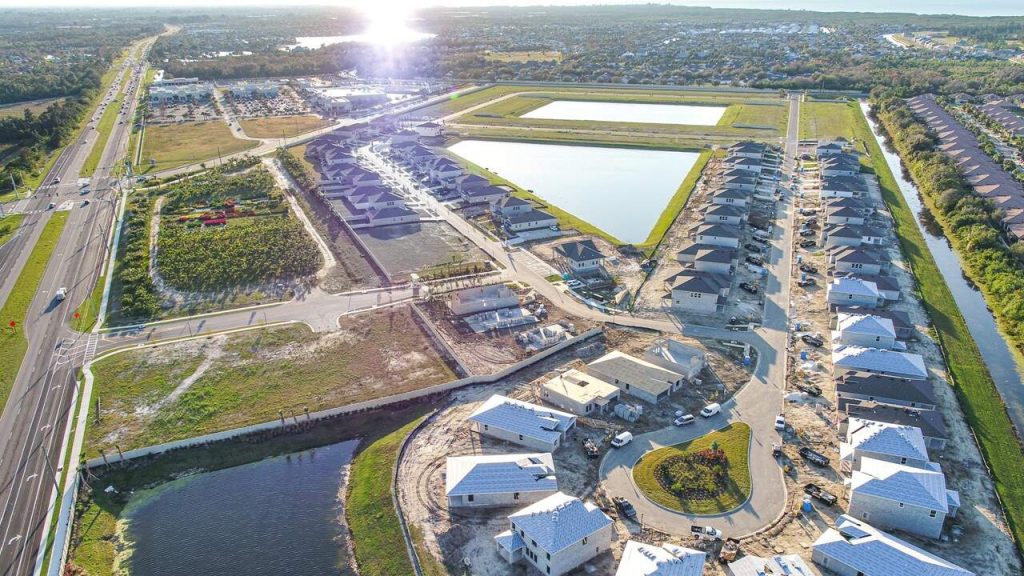Florida’s Live Local Act: What It Means For Communities

Florida is one of the least affordable states to live in, as people and families grapple with extreme housing costs induced by inflation.
Soaring rent prices have created a gaping hole in affordable housing.
The intention behind the new Live Local Act is to provide laws, funding and opportunities for meaningful affordable housing in Florida’s communities.
Keep reading to learn more about the new bill.
Jump to section:
- What is the Live Local Act?
- Requirements and Incentives
- What Does This Mean for Florida Communities?
- How Halff Can Help You Navigate
What is the Live Local Act?

Millions of dollars are being funneled into affordable housing development. What does this mean for commercial and industrial districts?
The Live Local Act, also known as SB 102, is an extensive statewide housing strategy that aims to increase affordable housing opportunities within Florida’s communities.
The act was signed by Governor Ron DeSantis on March 29, 2023, allowing $711 million in funds to be invested in workforce housing. This is nearly double the amount that was granted in 2022-2023.
Along with numerous new incentives and programs, this legislation seeks to improve Florida’s housing strategy in what has become one of the least affordable housing communities in the United States.
Requirements and Incentives
The Live Local Act, effective July 1, 2023, states that local governments are required to allow affordable housing developments in commercial, industrial and mixed-use zoning districts.
Affordable housing is currently defined by Florida law as:
- 1. Being restricted to households that do not make more than the specified percentage of the area median income (AMI).
- 2. Costing no more than 30% of the tenant’s monthly income (to pay rent, including utilities).
- 3. 60% of housing must be affordable for it to be considered affordable housing.
The new bill: Sites that are currently zoned commercial, industrial and/or mixed-use can now be developed alongside a multi-family development with an affordable housing component. This can be done without requiring zoning or land use changes, special exceptions, conditional use approvals, variances or comprehensive plan amendments—they can jump straight into permitting as long as the development:
-
-
- 1. Meets all standards of land development regulations for multi-family development zoning districts
- 2. Is consistent with the comprehensive plan
-
More flexibility for residential developments now poses unique situations and challenges for developers.
Requirements: Counties and municipalities must now allow multifamily or mixed-use residential developments to be built in commercial, industrial or mixed-use zones if the proposed rental development provides at least 40% affordable housing units for a period of at least 30 years.
Height: Developers can build developments with the highest allowable density in the county or municipality. The height of the development can be up to three stories, or the highest allowable height for a commercial or residential development within one mile of the proposed development.
According to flgov.com, there are several ways that the Live Local Act incentivizes housing development:
-
-
- It creates a new tax donation program that allows corporations to direct payments toward funding housing programs.
- It increases tax credits available from 14.5 million to 25 million.
- It provides up to a $5,000 refund for sales tax on building materials for units funded through the Florida Housing and Finance Corporation (FHCFC).
- It codifies the Hometown Heroes down payment assistance program in law, increasing the borrowing limit to $35,000.
- It expands eligibility for the Job Growth Grant Fund to authorize public infrastructure projects supporting housing.
-
What Does This Mean for Florida Communities?
Florida’s communities are in desperate need of more affordable housing.
The Live Local Act is a historic bill that invests in the future of both workforce and military communities by opening up opportunities and providing tax break incentives.
Overall median rent in South Florida was just under $3,000 per month in March 2022, according to a study by realtor.com. This is a 57.2% jump from the previous year.
The state of Florida experienced the greatest year-over-year overall change in rent in 2022, further emphasizing the extreme inflation.
The new Live Local Act pinpoints Florida’s inflationary economy, particularly the southern region, by allowing for easier development of affordable housing. Rent prices skyrocketed during and after the Covid-19 pandemic, causing a deficit in affordable housing. This is what prompted the passage of the Live Local Act, in hopes of combatting these housing issues.
Did you know? Florida has become the second most valuable real estate market in the United States, exceeding New York, based on a new study from Zillow in September 2023.
How Halff Can Help You Navigate
Halff can provide expert consult to developers and communities on a variety of topics that can be encountered, such as:
- Understanding new provisions from the Live Local Act
- Clarifying definitions within the Live Local Act
- Analyzing the act on a case-by-case basis
- Helping clients with concept layout and analysis, to see if it can work for their project
There are many questions that arise, and Halff can help you tactfully navigate the changing development laws that are being enacted in Florida.
Need a professional’s insight? Let Halff help you navigate your questions and concerns by contacting Director of Entitlements Isabelle Albert (ialbert@halff.com).





